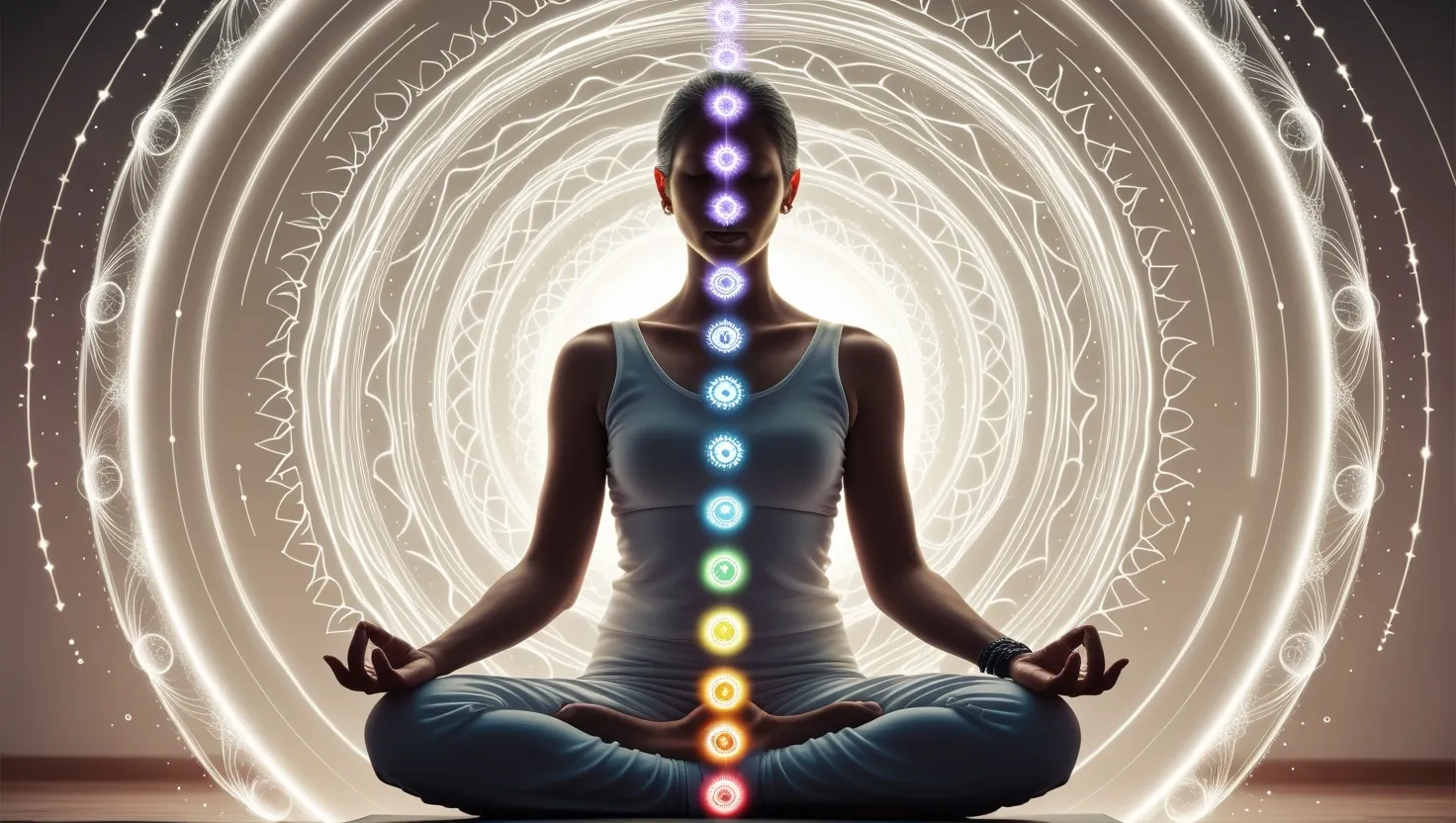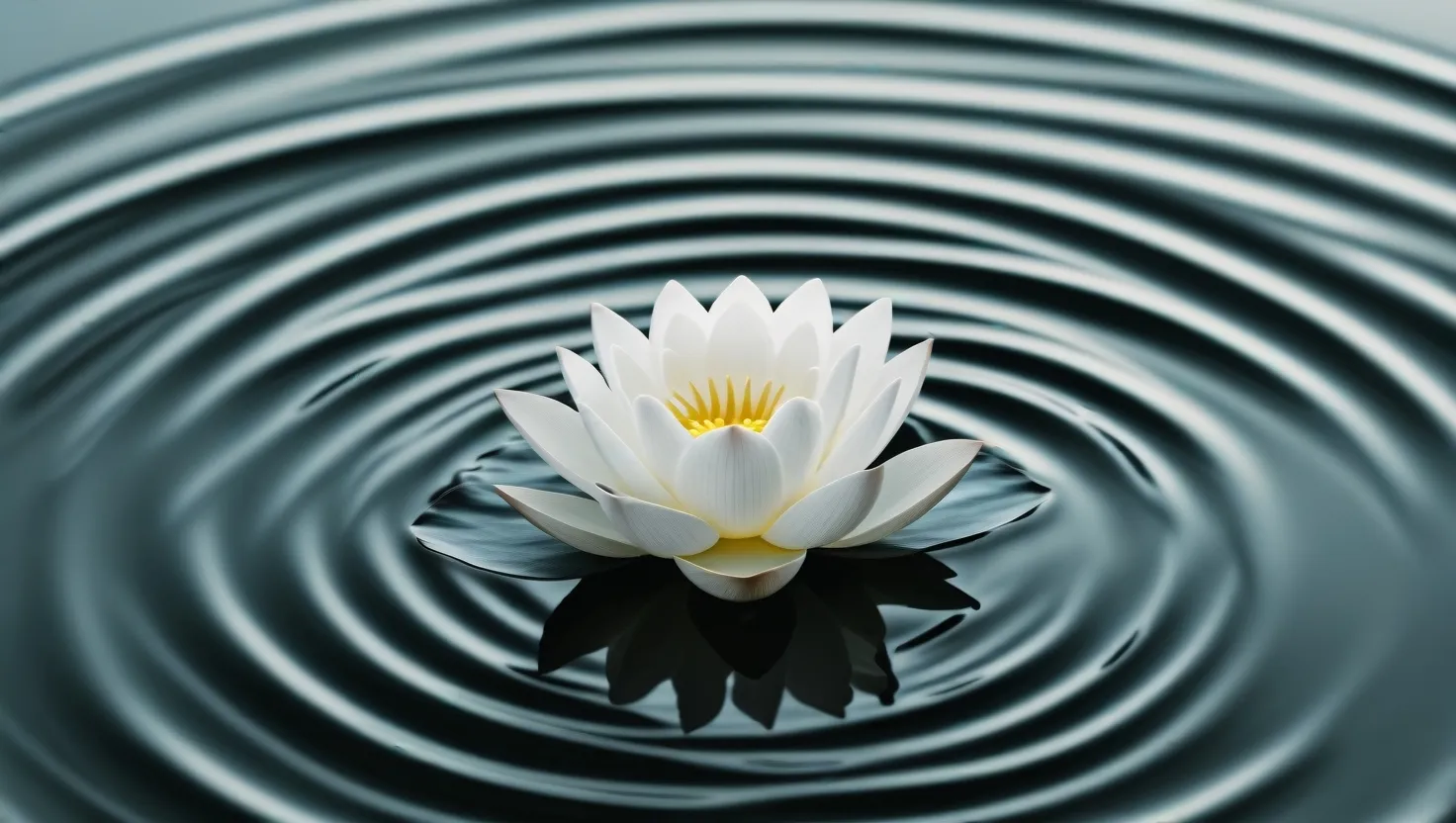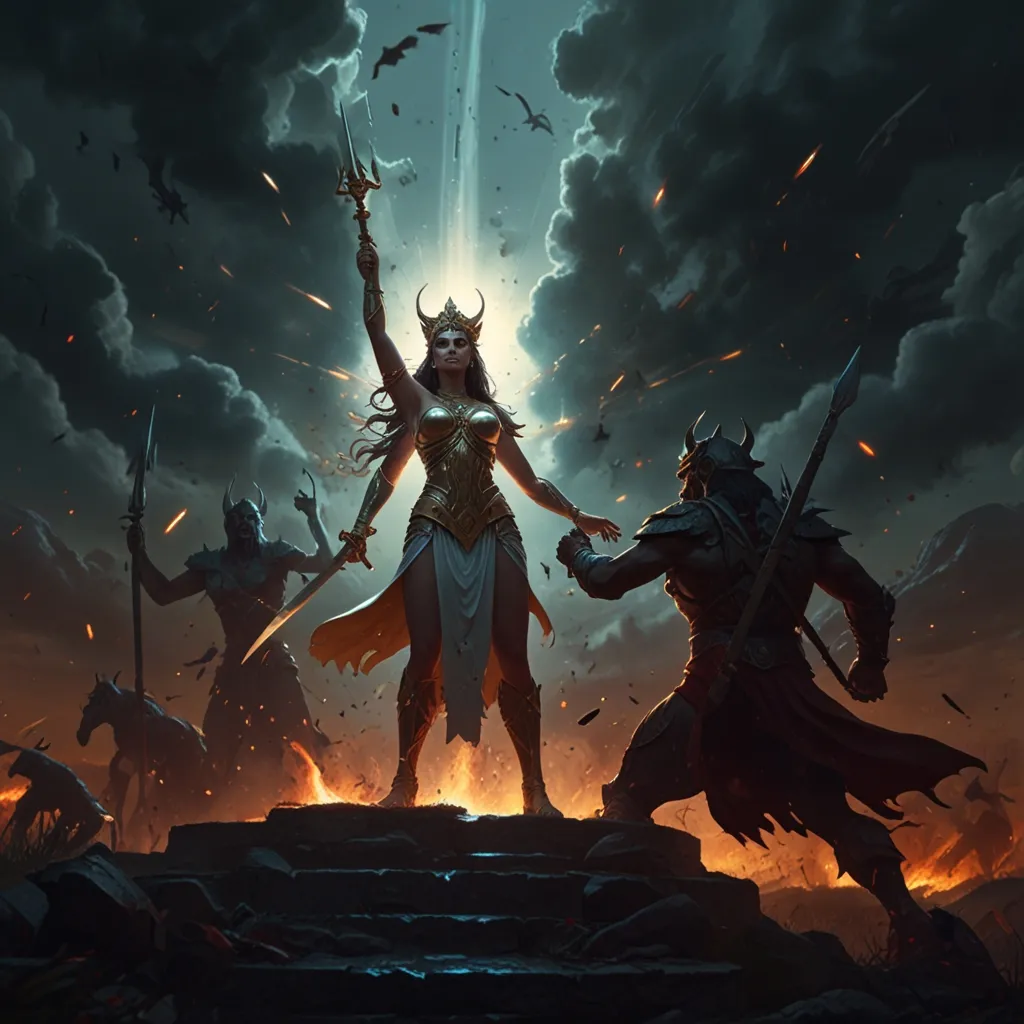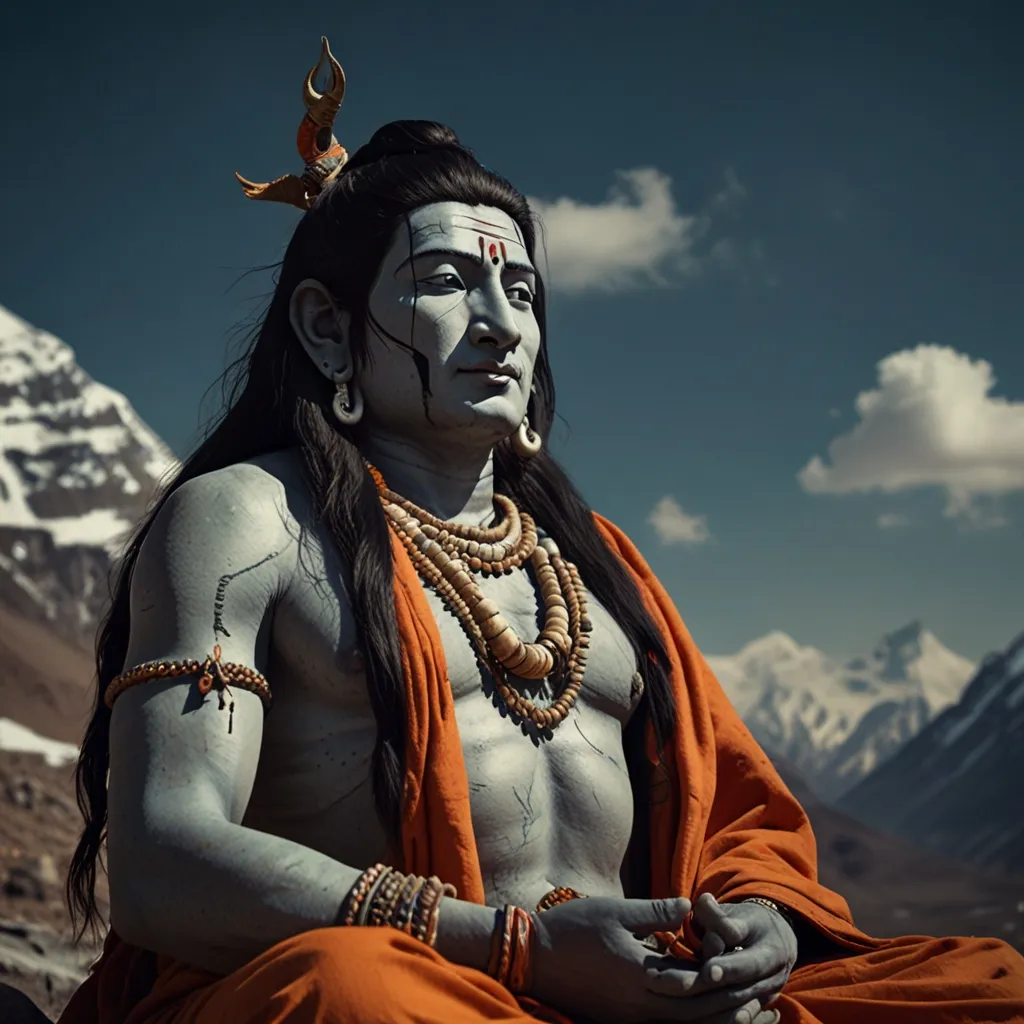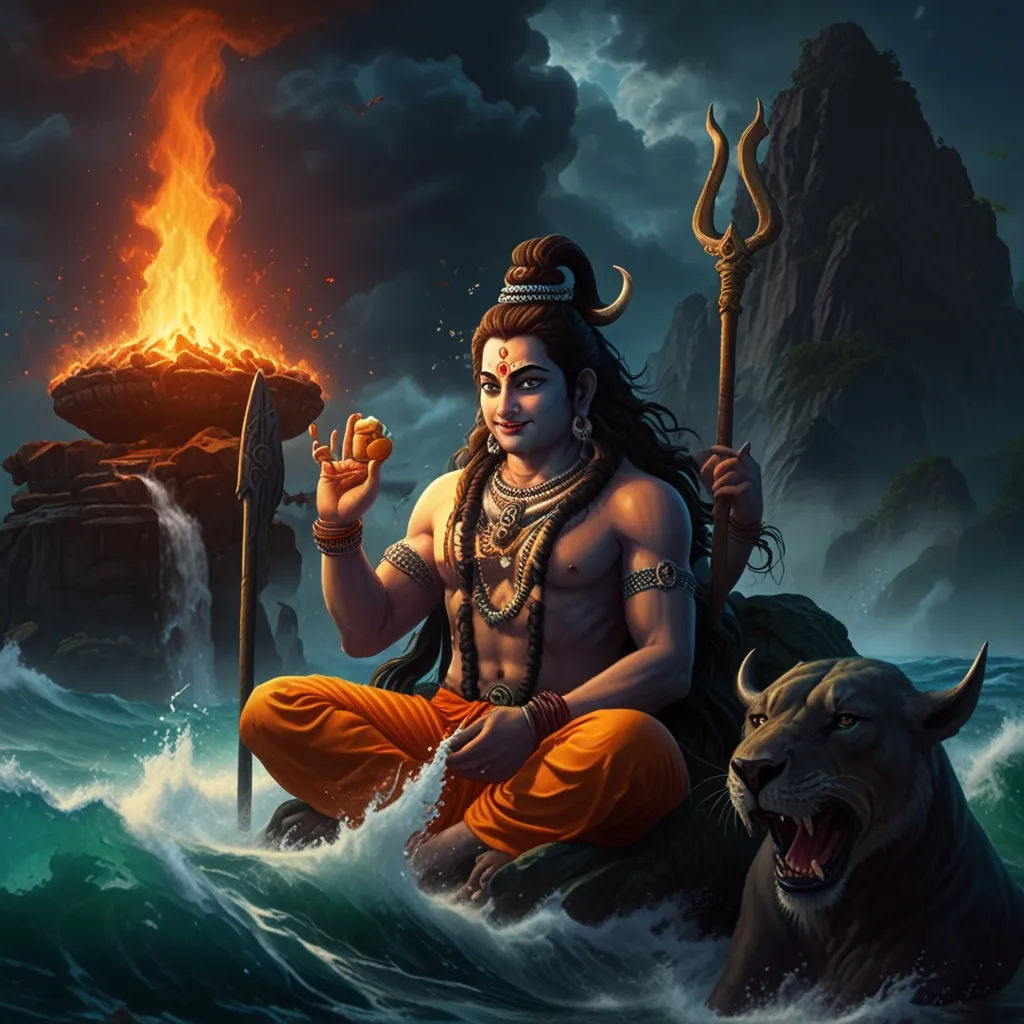As I delve into the cosmic myths of the Puranas, I am struck by the richness and depth of these ancient narratives. These stories, often dismissed as mere myths, hold within them profound insights into the nature of the universe, its creation, and its ongoing cycles. Let’s explore five of these cosmic myths that not only captivate our imagination but also offer unique perspectives on the cosmos.
The Cosmic Egg (Hiranyagarbha)
Imagine a universe born from a golden egg, floating serenely in the primordial waters. This is the essence of the Hiranyagarbha myth, where the universe originates from this singular, golden entity. The egg splits, and from it emerge the sky and the earth, illustrating a fundamental concept: unity in diversity. This myth is not just a poetic description but a philosophical reflection on the cyclical nature of creation.
“As the universe is the macrocosm, so is the human being the microcosm,” a wise sage once said. This idea resonates deeply with the Hiranyagarbha myth, suggesting that the universe and the individual are intertwined, each reflecting the other in a grand dance of creation and destruction.
The Churning of the Ocean (Samudra Manthan)
The tale of Samudra Manthan is a vivid depiction of the eternal struggle between good and evil. In this myth, gods and demons join forces to churn the cosmic ocean, seeking the nectar of immortality. This churning produces not only the nectar but also a plethora of other elements, both beneficial and harmful. It symbolizes the duality inherent in creation, where every action has multiple consequences.
“Good and evil are not absolute; they are relative to the context,” a philosopher might argue. This myth underscores this point, showing that even in the quest for something as pure as immortality, both positive and negative outcomes are inevitable.
The Cosmic Dance of Shiva (Tandava)
Shiva’s Tandava, or cosmic dance, is a mesmerizing representation of the universe’s dynamic nature. Each gesture, each position, corresponds to a specific cosmic function – creation, preservation, and destruction. This dance is not just a physical movement but a metaphysical expression of the universe’s ongoing cycles.
“In the stillness of the quiet, if we listen, we can hear the whisper of the divine,” Shiva’s dance seems to whisper. It reminds us that the universe is in constant motion, and every moment is a dance between creation and destruction.
The Three Steps of Vamana
The story of Vamana, Vishnu’s dwarf avatar, is a fascinating tale of cosmic proportions. Vamana covers the entire universe in just three steps, a feat that underscores the vastness of the cosmos and the omnipresence of the divine. This myth is not just about physical dimensions but about the spiritual reach of the divine.
“How can something so small encompass something so vast?” one might wonder. This myth answers by suggesting that the divine is not bound by physical constraints; it transcends them, encompassing all of existence in a single stride.
The Cosmic Pillar (Skambha)
In the Atharvaveda and some Puranas, there is a mention of Skambha, a cosmic pillar that supports the universe. This concept represents the underlying principle that sustains all of creation, bridging the physical and metaphysical realms. Skambha is more than just a structural element; it is the essence that holds the universe together.
“What is the thread that weaves the universe into a cohesive whole?” This myth provides an answer by pointing to Skambha, the invisible pillar that supports the cosmos, reminding us that there are forces beyond our comprehension that keep the universe in balance.
Cycles of Creation and Destruction
One of the most intriguing aspects of Hindu cosmology is the cyclic nature of time. The universe undergoes endless cycles of creation, preservation, and destruction, governed by the cosmic trinity of Brahma, Vishnu, and Shiva. This cycle is known as the kalpa, and it mirrors modern scientific theories like cosmic inflation, where the universe expands and contracts in eternal recurrence.
“Time is a river which sweeps me along, but I am the river; it is a tiger which destroys me, but I am the tiger; it is a fire which consumes me, but I am the fire,” as the ancient sages might have said. This cyclical view of time underscores the eternal nature of existence, where creation and destruction are not ends but continuous processes.
Parallel Universes and Multiverses
The Puranas also hint at the concept of parallel universes or multiverses, where each universe has its own Brahma and its own reality. This idea, though ancient, resonates with modern theories in physics, such as the multiverse hypothesis proposed by scientists like Hugh Everett and Max Tegmark.
“Is our universe just one of many, each with its own set of physical laws?” This question, posed by both ancient sages and modern scientists, opens up a vast expanse of possibilities, suggesting that our reality is just one thread in a grand tapestry of universes.
Reflections and Insights
As I reflect on these cosmic myths, I am struck by their depth and complexity. They are not just stories but philosophical treatises that explore the nature of existence. They blend spirituality, philosophy, and early scientific understanding in a way that is both captivating and profound.
“What can we learn from these ancient myths?” we might ask. The answer lies in their ability to provide unique perspectives on the universe, perspectives that are both timeless and timely. They remind us of the interconnectedness of all things, the cyclical nature of creation, and the eternal recurrence of time.
In the end, these myths invite us to ponder the mysteries of the universe, to question our place within it, and to seek answers in the ancient wisdom that lies hidden within these narratives. As we delve deeper into these stories, we find that they are not just myths but mirrors reflecting the very fabric of existence.

